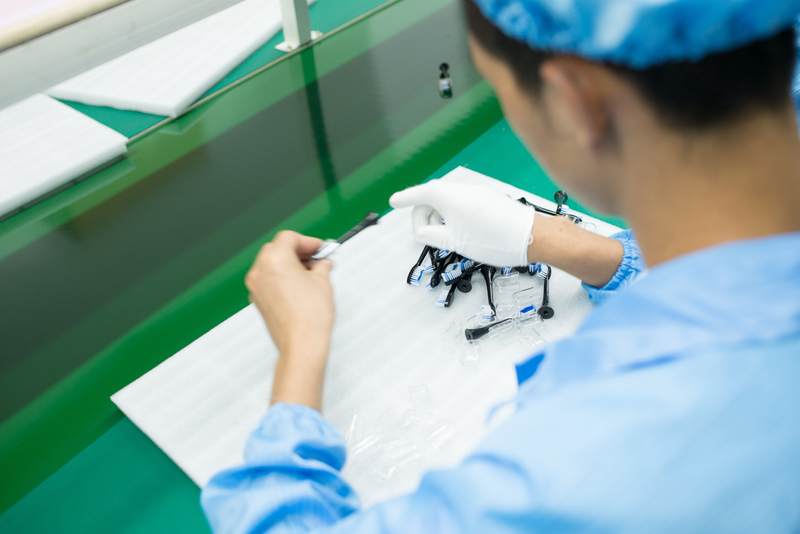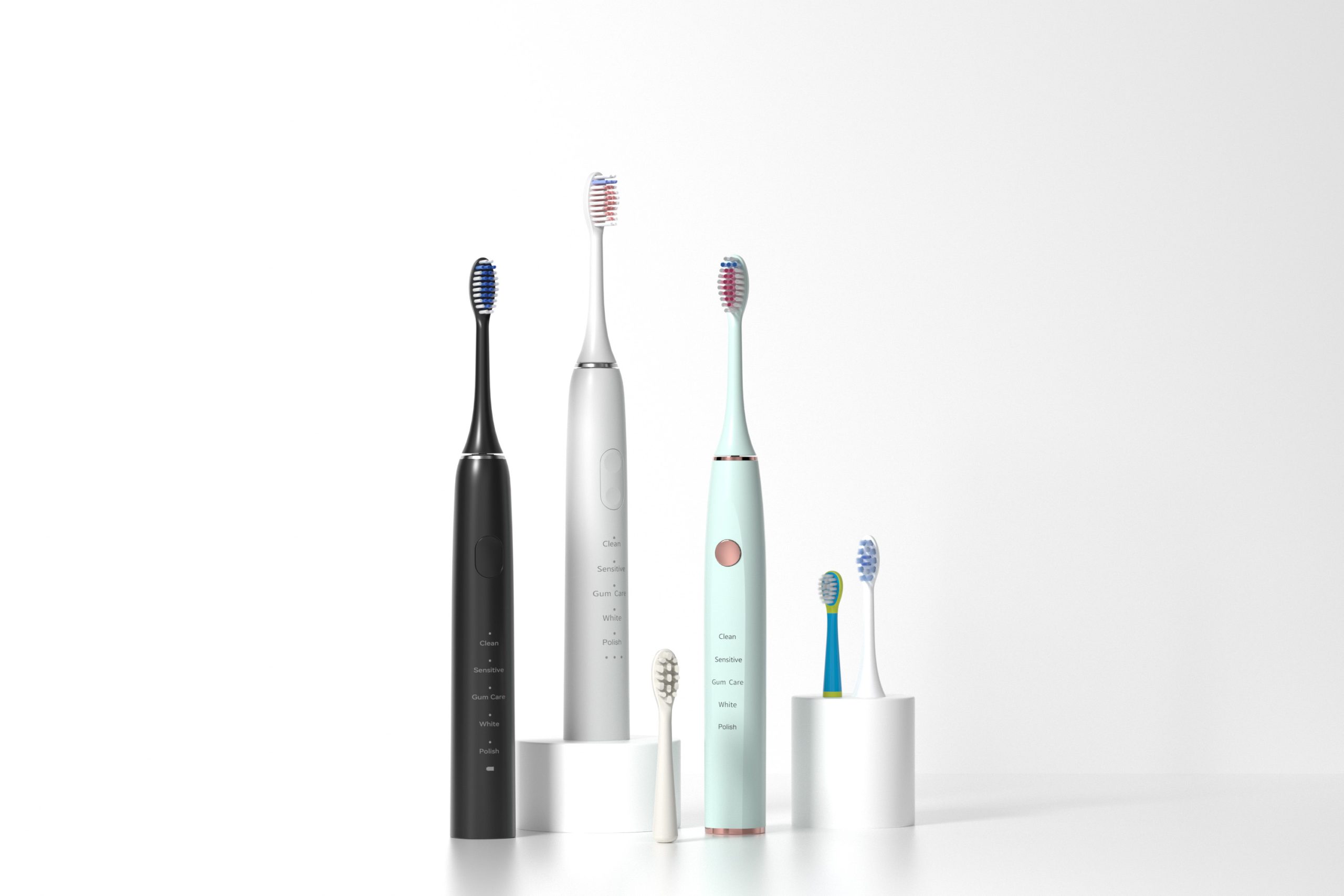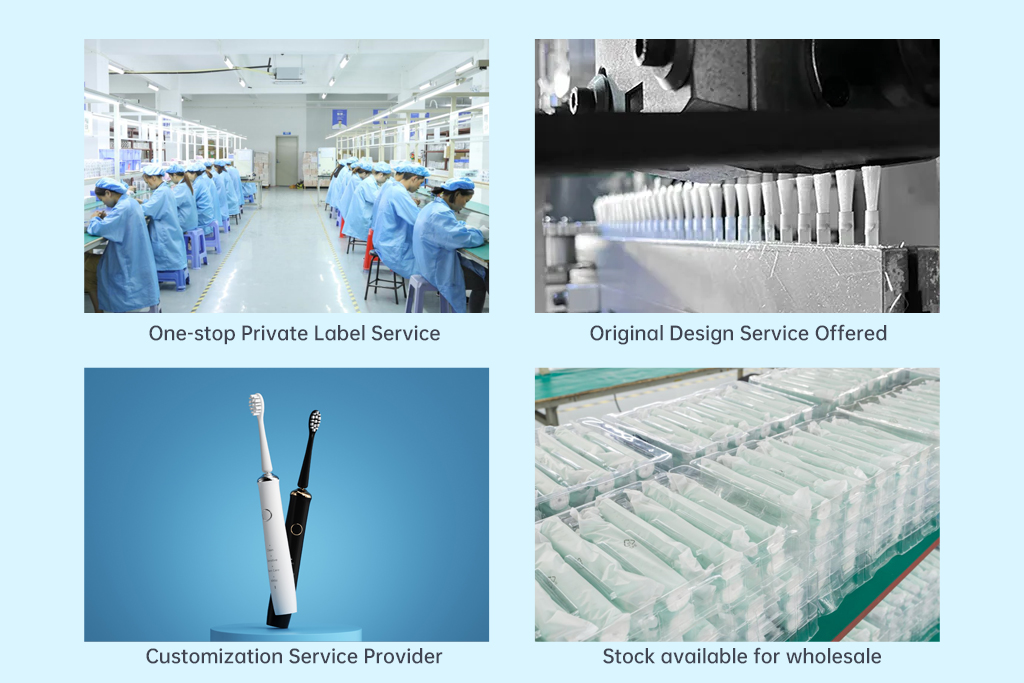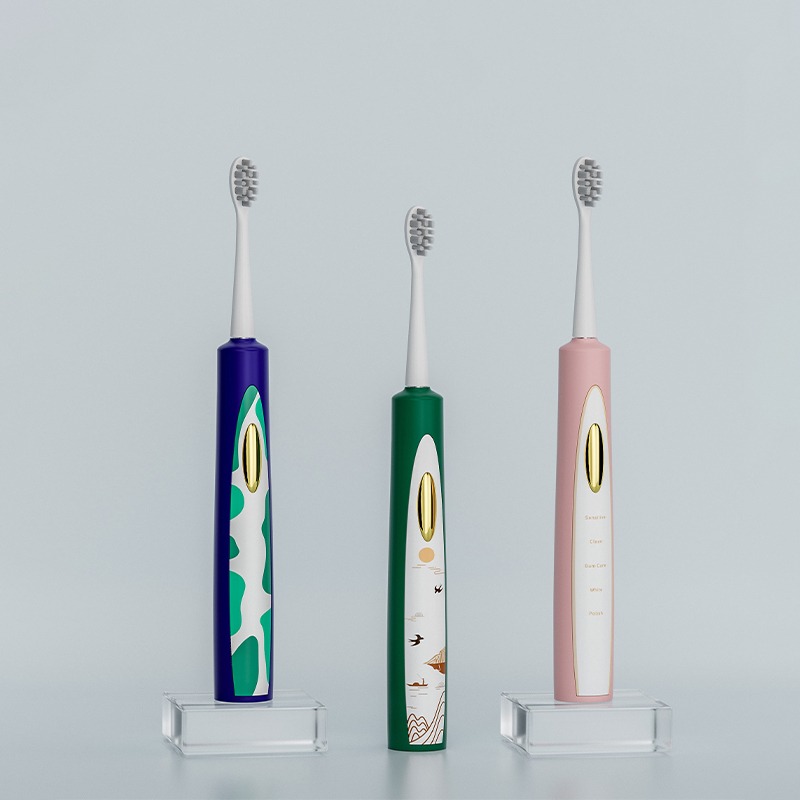In today’s competitive oral care market, electric toothbrushes come in a wide range—from simple budget models to premium smart designs. For oral care brands seeking to source reliable manufacturers, understanding the core electric toothbrush differences is crucial for developing a product portfolio that aligns with consumer expectations and pricing strategies. This blog offers a toothbrush comparison between cheap electric toothbrushes and high-end electric toothbrushes, highlighting 5 key differences to guide your sourcing and product development decisions.
One of the most fundamental differences lies in the motor system.
Cheap electric toothbrushes typically use basic vibration motors with lower RPMs (around 6,000–12,000 strokes/min). These models provide basic plaque removal but limited deep-cleaning capabilities.
High-end electric toothbrushes, on the other hand, feature high-frequency sonic or oscillating-rotating motors that can reach up to 40,000 strokes/min. These deliver superior plaque removal and gum stimulation.
👉 When selecting a manufacturing partner, assess their capability in producing motors with variable frequency or sonic technology—key aspects of oral care technology today.
Battery quality directly impacts product usability and consumer satisfaction.
Budget models often use AA batteries or low-cost rechargeable cells with short lifespan and limited usage per charge.
Premium models typically include long-lasting lithium-ion batteries, fast-charging docks, and even USB or wireless charging features.
For brands seeking scalable quality across product tiers, ensure the factory has battery certification compliance and supports modern charging solutions.
-300x300.jpg)
Low-end brushes often come with fixed or generic brush heads with limited ergonomic design and poor bristle quality.
High-end models offer interchangeable brush heads tailored for whitening, sensitivity, or gum care, often with pressure indicators or wear sensors.
Manufacturers with in-house brush head injection molding and soft-bristle tech can help you customize the user experience while controlling costs.
Oral care technology has become a major differentiator.
Cheap electric toothbrushes usually have one or two fixed modes and no real-time feedback.
In contrast, high-end electric toothbrushes integrate Bluetooth connectivity, smart pressure sensors, and mobile app guidance.
Brands targeting tech-savvy markets should look for ODM factories with IoT development capabilities and firmware support to bring smart features to life.
The materials used not only affect product feel but also regulatory compliance.
Lower-end models often use standard ABS plastic without water resistance ratings.
Higher-end units boast IPX7 waterproof ratings, UV-coated or rubberized handles, and BPA-free brush heads for premium aesthetics and hygiene.
When vetting factories, ask for materials traceability, IP testing capabilities, and documentation to ensure alignment with brand quality standards.
Whether your brand is entering the mass market with cheap electric toothbrushes or launching a premium product line of high-end electric toothbrushes, knowing these five key electric toothbrush differences helps you build a sourcing strategy rooted in both quality and cost efficiency.
Use this toothbrush comparison as a selection guide when evaluating suppliers:
Can they support basic and advanced oral care technology?
Do they offer scalable manufacturing for both entry-level and premium SKUs?
Can they assist in user-focused product design and compliance certifications?
Partnering with a factory that understands these variables is essential to developing successful, differentiated products in today’s oral care market.
Gel Crystallization with Gingival Discoloration – Alarming?

The importance of the roundness of toothbrush bristles
Light Decay Triggering Allergic Dermatitis – Toxic?

Oral health facts & tips: Teeth whitening

8 Unexpected Health Benefits of Good Oral Hygiene: Beyond the Basics

Which Charging Method for Electric Toothbrushes Is Better and Has a Lower Charging Failure Rate?

How Can You Turn Your Users into Loyal Users of Your Oral Care Brand?
Occlusal Interference Plus Jaw Fatigue – Design Flaw?
.jpg)
Essential points to entering oral care market in Southeast Asia
Swivel Blockage Leading to Saliva Depletion – Preventable?

Electric vs manual toothbrush: Which one is better for you?
Biofilm Regrowth Inducing pH Imbalance – Vicious Cycle?
Sync Disruption with Tray Deformation – Tech Failure?
.jpg)
How to Build a Differentiated Oral Care Brand?
.jpg)
Small-Batch Customization Orders: How Low MOQ Opens Doors for New Oral Care Brands
.jpg)
Is an RV travel essential kit complete without an RV power toothbrush?

electric toothbrush heads Regular Clean
.jpg)
Florida Electric Toothbrush – Powsmart PTR-C8

electric toothbrush heads Deep Clean

electric toothbrush heads Charcoal Infuse-Round

Electric toothbrush heads Charcoal Infused-Diamond

electric toothbrush heads Ultra Soft

Private Label Whitening Gel

Customization Teeth Whitening Gel
whstapp
whstapp
National Toll-Free Service Hotline
+86 755 86238638